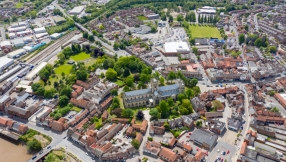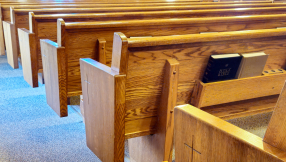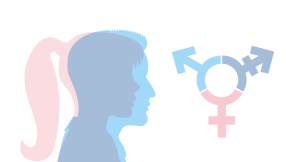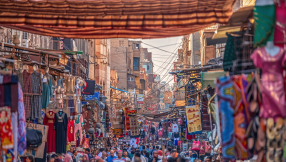
In our recent book, Daughters of Eve, we explore the lives and legacy of 14 biblical women. On Easter Sunday, it is Mary Magdalene who particularly comes to mind. The following extract from our book sheds light on this fascinating woman:
We first meet Mary, called Magdalene, with Jesus in Galilee. According to the Gospel of Luke, she was one of the women who supported his activities "out of their own means" (Luke 8:3 NIV) which suggests she either had some private income or an inheritance of her own.
Luke seems to want to give his readers the context of this particular woman (which is missing in all the other gospels) so that they might understand why she is later present at the crucifixion of Jesus. The fact that she is identified as "called Magdalene" (because she came from a town called Magdala, on the shore of the Sea of Galilee), shows how Luke wished to distinguish her from the other Marys.
This also signals to the reader that this is a woman to be remembered. The explicit identification of Mary, in Luke, as having been freed from seven demons is highly significant. In the first-century it was believed by many people that sinful people were possessed by demons and that the good were protected against such evil. Therefore Mary would probably have been shunned by her society as someone who deserved such a fate.
A characteristic of Luke's gospel is the focus on outsiders, and how Jesus and his message are for everyone. Whether these seven demons represented mental illness or actual evil spirits, it is unsurprising that Luke wished to highlight how a once-demon-possessed woman, who would have been on the outskirts of her society, is now a follower of Jesus. This was a key part of the way he recorded traditions about Jesus. The Magdalene was significant and Luke signposted this clearly.
In the gospels of Matthew, Mark and John she is at the crucifixion of Jesus; and in all four gospels she is a witness to the empty tomb. This demonstrates her importance for all the gospel writers at the pinnacle of Jesus' mission. Looking back on these events, it was Mary Magdalene they picked out as having played a crucial role.
She was an empowered woman of faith. Given that Luke gives air-time to outcasts and knew that women were not able to be witnesses in a Jewish court, his unashamed reporting that it was women, of all people, who were the key witnesses to the core belief of the later Christian community is all the more astonishing. For this rather radical compiler, there was no embarrassment that the Christian faith in the risen Jesus was (and is) primarily reliant on the testimony of women. The same is true of the other gospel writers.
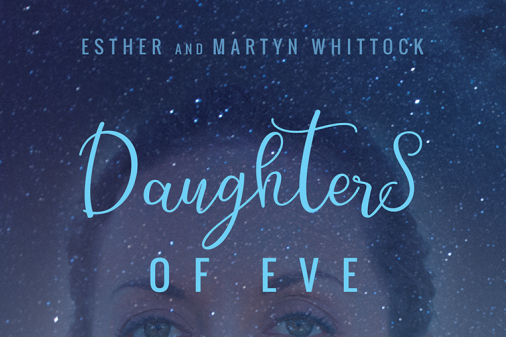
There is noticeably something of this counter-cultural upturning of expectations in the Gospel of Matthew too. Matthew also has Mary Magdalene going to the tomb of Jesus, this time with another Mary; in this gospel the messenger they meet is explicitly identified as an angel. However, Matthew also wishes to make explicit that Mary Magdalene is one of the first people to see the risen Jesus. "Suddenly Jesus met them. 'Greetings,' he said." What follows is striking: "They came to him, clasped his feet and worshipped him" (Matthew 28:9). In this gospel, Mary Magdalene immediately believes that Jesus is her risen Lord. And she worships him; an action hitherto reserved only for the God of Israel.
This is radical. Matthew not only wants to make it clear that Mary Magdalene was one of the first witnesses, but also one of the first to believe in and worship the risen Jesus. One could even be bold and go so far as to claim that Mary Magdalene and "the other Mary" were the first Christians.
In the Gospel of John (20:1-18) Mary Magdalene goes on her own to the tomb and finds it empty, so she goes and tells Peter and another disciple, who run to the tomb. While the two male disciples go home, Mary Magdalene remains by the tomb weeping and then sees two angels who ask her why she is crying, to which she answers that Jesus has been taken away and she does not know where he has been taken. She then turns around and sees Jesus but does not recognise him and, mistaking him for the gardener, asks him where the body has been laid.
Although the gospel is written in Greek, both Jesus' single-word reply of "Mary" and her response "Teacher" are recorded in their Aramaic language forms. Aramaic was the everyday language of Galilee and, therefore, of Jesus and his close friends. It is as if John was announcing: this is authentic eyewitness material, set down for posterity. In contrast, within this same chapter "Mary" is given in its usual Greek form in verses 1 and 11. The Aramaic examples are intriguing little pieces of evidence which are lost in English translation. And the word for teacher (Rabboni) is a form of the more familiar Hebrew word rabbi, but a form used almost exclusively to address God. Once again Mary Magdalene is being used as a channel to express something radical and arresting in early Christian assessments of Jesus.
For the compiler of the Gospel of John it was important that Mary Magdalene was not only the first person to see the empty tomb, but was also the only one to both see and have a conversation with the risen Jesus. Mary Magdalene is a pivotal character at this decisive moment in Christian faith history.
At this point, a few questions might be troubling the reader. The first is a fairly obvious one, given what most people think they know about Mary Magdalene: "What about the prostitution?" It will be fairly obvious by now that no mention has entered into the story.
Or some non-Christians, if they have read some highly publicised books or watched a Hollywood blockbuster in which she features (with at least a walk-on part) might ask: "At what point does she marry Jesus, then?" Or perhaps: "Where are her children, the ones who carry the holy blood-line?"
Ask any person who has a mental image of Mary Magdalene and they will almost certainly have one that is strikingly different to the one we outlined earlier. Over 2,000 years of art, literature and church history she has been represented very differently indeed.
As we saw earlier, it was believed that "sinful people" were more likely to be possessed by demons, and that she was healed by exorcism of seven demons. This encouraged the idea that Mary Magdalene was particularly sinful before she met Jesus. But what kind of sin? Medieval celibate clergy harboured extreme anxieties about sexuality. That Mary Magdalene might have been an extreme sexual sinner seems to have been an idea that emerged as males read this between the lines of what the gospel writers actually wrote.
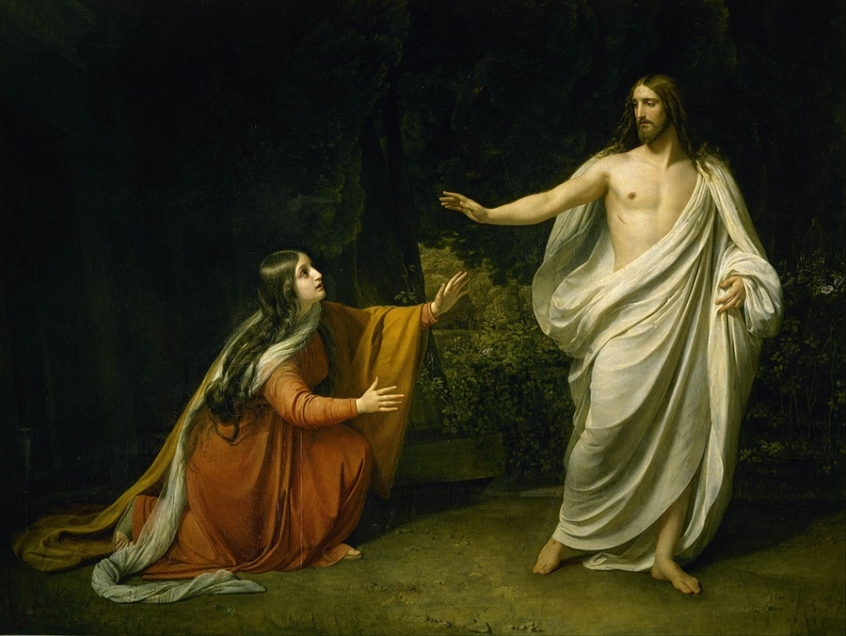
Then there is the matter of her home town. Its full name was Magdala Tarichaea, meaning the "Tower of Salted Fish". But it was the lifestyle not the maritime produce that captured contemporary attention. The later Jewish Talmud states that the town of Magdala was condemned and destroyed by God because of the sexual sin (extra- and pre-marital) that was taking place there. Mary's association with Magdala may explain the view in western Christianity that she was a prostitute, or promiscuous, before she met Jesus. Yet, Mary Magdalene is never referred to as a prostitute by any of the gospel writers.
But perhaps the biggest reason for Mary's sexualized "afterlife" in Christian tradition is that, while life is untidy, people prefer things tidied up. There were a lot of Marys. Later commentators conflated Mary Magdalene with Mary of Bethany (who poured perfume on the Lord and wiped his feet with her hair" John 11:1-2), and with an anonymous sinful Galilean woman who did something similar (Luke 7:37-38). This totally misrepresented both Marys.
And writers of heretical gnostic gospels grossly inflated this error to invent a fictional Magdalene who overshadows the Apostle Peter and has an intimate relationship with Jesus. Modern conspiracy theories have run with that claim.
However, although Mary Magdalene is an extremely important character in the events from Good Friday to Easter Sunday in the canonical gospels, Jesus never hints that Mary was the apostolic leader of the emerging community. Within the culture of first-century Judaism that is hardly surprising. Nevertheless, the New Testament accounts leave us with the unambiguous tradition that the resurrection appearances occurred, first and foremost, to a woman. That is remarkable enough, without the extreme claims found in the gnostic gospels and in modern conspiracy theories.
It's time that this remarkable woman got the recognition she deserves. Not as the fictional and sexualized product of 2,000 years of (mostly male) misrepresentation, but as one of the marginalized members of the community, that Jesus chose to reveal himself to first, on Easter morning. The implications of that are radical enough!
Daughters of Eve is written by Esther Whittock and Martyn Whittock and recently published by Lion Hudson, Oxford. Esther graduated with a first in Theology from Cambridge and also has an MA in Educational Leadership. She teaches Religious Studies in the West Midlands. Martyn is a Licensed Lay Minister in the Church of England, taught history for thirty-five years, and retired in 2016 to devote more time to writing.










